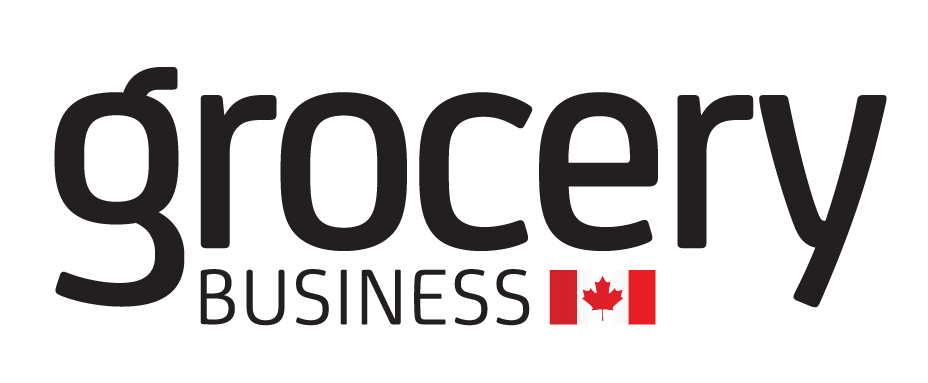
Consumers are becoming more frugal, and grocers know it. Food inflation has been a source of concern for many Canadians for some time. Based on our observations at the Agri-Food Analytics Lab, the food inflation rate in Canada is close to 5 per cent. Many staples, including meat, dairy, and groceries, have increased in recent months due to macroeconomic shocks, caused by both unfavourable weather patterns in the Northern Hemisphere and logistical challenges due to the global pandemic. These factors are beyond grocers’ control.
Our latest investigation, in partnership with Caddle, looks at how consumers are coping with higher food prices at retail. More than 10,000 Canadians were surveyed in fall 2021 about food prices, and what they are doing to cope with higher food bills. Given some of the findings, grocers may want to consider how to support consumers in their quest for better deals.
For grocers, it is important to note that older consumers may be more price sensitive, while younger consumers may be less bothered by higher prices. On food affordability, Canada is ranked 18th in the world and has historically done well, so perhaps younger consumers may have a better appreciation for why prices are rising.
% of Canadians that have seen price increases in specific categories

It’s obvious grocers will need to get more creative at the meat counter, and fast. Purchase decisions have been impacted by higher meat prices. For example, a total of 49 per cent of Canadians claim to have reduced their purchases of meat products in the last six months due to higher prices. Alberta (57 per cent) is the province with the highest rate of consumers who have decided to reduce their meat purchases due to higher prices. Both Quebec and Ontario have the lowest rate, at 46 per cent.
How Canadians are managing higher food prices
More consumers are now attracted to private label products. A total of 37.5 per cent of Canadians are buying more private labels compared to last year. Weekly flyers and coupons are also becoming more popular with Canadians. A total of 41.6 per cent of Canadians are reading weekly flyers (paper-based or digital) more often than in 2020. As for coupons (or e-coupons), 39.5 per cent of Canadians use them more often than in 2020.
Consumers also want to rescue food more often. Discounted products in stores are attracting more attention than in 2020. A total of 39.6 per cent of Canadians are purchasing discounted products with expiry / best before dates within a few days of purchase more often than in 2020. A total of 26.9 per cent of Canadians are buying products with the “Enjoy Tonight” label more often than they did in 2020. This is key. Empowering consumers to rescue more food may be an advantage for grocers in an inflationary environment.
More interesting information for grocers. A minority of Canadians will use their phones or a calculator when grocery shopping. Only 22.3 per cent of Canadians will use their phones to check competitive pricing while shopping, and 12.1 per cent will use a calculator regularly. On the other hand, 66.4 per cent of Canadians claim to know exactly how much they should be paying for food products before entering the grocery store. Surprisingly, while only 44.6 per cent stated that they follow a planned budget when grocery shopping, 26.9 per cent claim they will occasionally plan a budget for their grocery shopping.
Canadians’ growing awareness
“Shrinkflation,” a strategy often used by the food industry to sell products with lower quantities or volume at the same price, has been noticed by most Canadians.
73.5 per cent have noticed that some food products have shrunk, but prices have either remained the same or have gone up. Grocery is the one category where Canadians have noticed most shrinkflation cases, followed by bakery goods and meat products. This is a telling statistic. Canadians are aware of the phenomenon, which is often portrayed as a sneaky way of cutting corners.
Since most know about it now, perhaps it is time for the industry to shine a positive light on why shrinkflation does happen from time to time. Higher input costs will push the industry to change packaging strategies. With reduced quantities, consumers may not be inclined to generate more waste at home and could also follow healthier food habits by not eating as much.
Shrinkflation may not be all that bad for all of us.
High Food Price Awareness
Most Canadians have noticed higher food prices versus six months ago; however, some generational differences are noteworthy.

Sylvain Charlebois is a professor in food distribution and policy, and senior director of the Agri-Food Analytics Lab at Dalhousie University [email protected]

